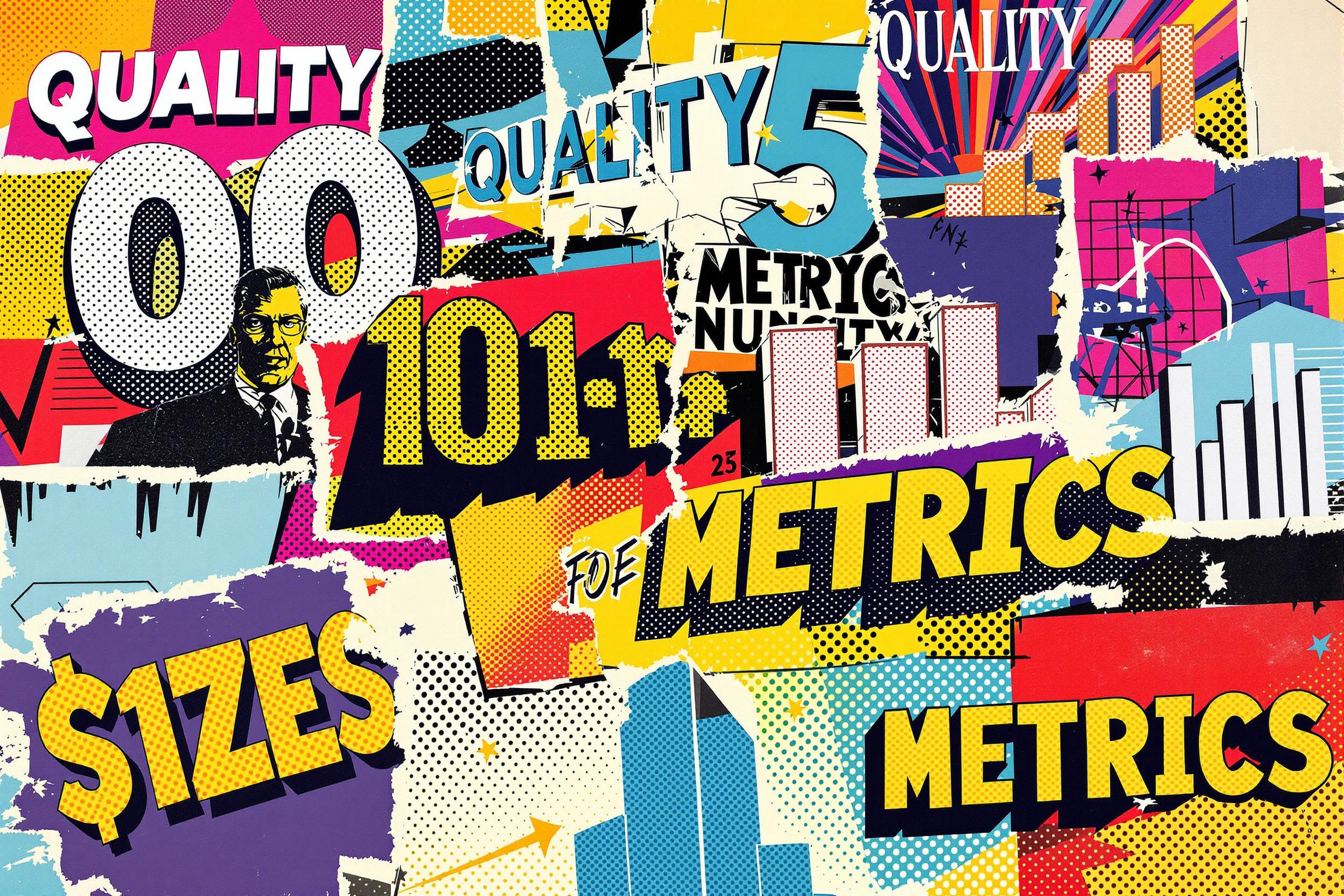
Condition Monitoring
Condition Monitoring is a way to check the health of industrial machinery and equipment while it's running. Think of it like regular health check-ups for machines - technicians use special tools and sensors to detect problems before they become serious breakdowns. This helps companies save money by fixing small issues before they turn into expensive repairs, and prevents unexpected machine failures that could stop production. Some similar terms include Predictive Maintenance, Equipment Health Monitoring, or Machine Diagnostics. This is part of modern maintenance strategies that focus on preventing problems rather than fixing them after they occur.
Examples in Resumes
Implemented Condition Monitoring systems for a fleet of 50 manufacturing robots, reducing downtime by 40%
Used Condition Monitoring and Predictive Maintenance techniques to track equipment health in a chemical plant
Led team responsible for Equipment Health Monitoring and Condition Monitoring program development across 3 production facilities
Typical job title: "Condition Monitoring Specialists"
Also try searching for:
Where to Find Condition Monitoring Specialists
Professional Organizations
Online Communities
Job Resources
Example Interview Questions
Senior Level Questions
Q: How would you implement a condition monitoring program from scratch in a large facility?
Expected Answer: Should discuss assessment of critical equipment, selecting appropriate monitoring techniques, training staff, establishing baselines, setting alert levels, and creating response procedures. Should mention cost-benefit analysis and ROI considerations.
Q: How do you determine which assets should be included in a condition monitoring program?
Expected Answer: Should explain criticality assessment, impact of equipment failure on production, replacement costs, and maintenance history analysis. Should mention balancing monitoring costs against potential savings.
Mid Level Questions
Q: What are the main condition monitoring techniques you've used and when do you apply each one?
Expected Answer: Should describe common methods like vibration analysis, oil analysis, thermal imaging, and ultrasound testing, with examples of when each is most appropriate for different types of equipment.
Q: How do you interpret condition monitoring data to make maintenance decisions?
Expected Answer: Should explain how to read trends, recognize warning signs, set alarm levels, and make recommendations for maintenance actions based on collected data.
Junior Level Questions
Q: What basic tools are used in condition monitoring?
Expected Answer: Should be able to identify common tools like vibration meters, infrared cameras, oil analysis kits, and basic data collection equipment, explaining their basic functions.
Q: Why is condition monitoring important in maintenance?
Expected Answer: Should explain how it helps prevent unexpected breakdowns, saves money on repairs, extends equipment life, and improves safety and reliability.
Experience Level Indicators
Junior (0-2 years)
- Basic equipment inspection techniques
- Data collection and recording
- Use of basic monitoring tools
- Understanding of safety procedures
Mid (2-5 years)
- Analysis of monitoring data
- Multiple monitoring techniques
- Basic troubleshooting
- Report writing and documentation
Senior (5+ years)
- Program development and implementation
- Advanced analysis techniques
- Team leadership and training
- Budget management and ROI analysis
Red Flags to Watch For
- No hands-on experience with monitoring equipment
- Lack of understanding of basic maintenance principles
- No knowledge of safety procedures
- Unable to interpret basic equipment data
- No experience with maintenance software systems
Related Terms
Need more hiring wisdom? Check these out...

Global Compliance Checks: The Hidden Puzzle Pieces of Background Screening Revealed

Navigating Compliance: Structuring On-the-Job Training in Regulated Industries

Resume Optimizations that Candidates Do to Get Past AI Hiring Filters

